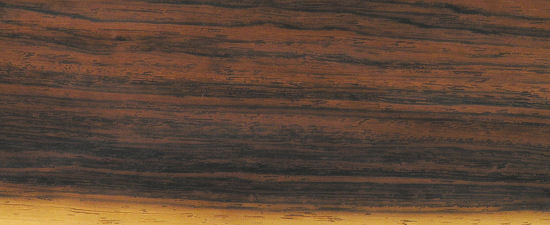The guitar is truly a beautiful instrument. Not only does it sound amazing, but the appearance is nearly as sacred. However, the beauty of the guitar does not come easy. Guitars take money, resources, and time to build. Yet, hundreds if not thousands of individual parties complete this task each year.
If you have ever had the itch to build your own custom guitar, the point of today’s post is to give you a little background into what you will need and what it will take to accomplish this feat.
Tools
For a fantastic video demonstration of the tools you’ll need to build a guitar, check out the video below…

Types of Wood
Now that you have a solid understanding of the tools you’ll need; the next step is to select a type of wood. The most important part of building a fine instrument is the material, and for the guitar, that material is the wood. The finest guitars are made from solid pieces of some of the best pieces of wood in the world. Cheap guitars are built from laminate woods, or plywood covered with a laminate wood veneer. A quality instrument is always built from only the finest solid woods such as:
Brazilian Rosewood
Brazilian Rosewood, like the name implies, derives from trees that grow in the forests of Brazil. Because of deforestation and overexploitation, the wood has now became illegal to ship outside of the United States. Due to its rarity and terrific acoustical properties, Brazilian Rosewood is one of the most coveted materials for the back and sides of a fine guitar.
Hawaiian Koa

Hawaiian Koa is a beautiful golden brown wood that has long been considered a prized wood. Natives often made canoes and furniture from the Koa, however guitar enthusiasts seek the wood for another reason. Hawaiian Koa provides a very warm and rich sound, making it ideal for acoustic performances. Unfortunately, just like the Brazilian Rosewood, Hawaiian Koa is really rare and hard to purchase.
Bubinga
Bubinga is an African wood (often called African rosewood) and another prized material for fine guitars. Bubinga is available in a variety of colors including reddish hues, reddish-brown hues, and even a brownish violet hue. Bubinga is also used in other instruments such as harps, basses, and even drums. The wood provides a mellow, dense, and well-rounded tone for a guitar.

Design & Planning
You must understand a few important rules to building guitars before you can design the guitar. The first and most important is the scale length. The scale length “is the length the string travels between the nut at the top of the fretboard and the bridge at the mid section of the base of the guitar.” In order to determine the scale length of your guitar, the individual must measure from the front part of the nut (where it meets the fretboard) to the center of the 12th fret on the neck. Then, the individual must multiply that length by two. For more information on this step, Click Here!

As with any major construction project, it’s always best to pre-plan your design concept in order to ensure that some mistakes are avoided later in the construction phase.
Ready for More…
If constructing your very own custom guitar is something that you’ve always wanted to do and the above information did not steer you away – what is stopping you from creating your very own guitar?
Instructables has a very informative piece on building your own guitar. The article breaks down the process into each step while providing additional information and diagrams. Click Here!
Also, Expert Village’s partnership with Frank Pope of FBI Guitars provides a very detailed account of the guitar construction process. Click Here!


